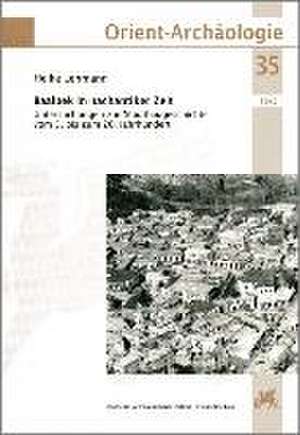Lehmann, H: Baalbek in nachantiker Zeit
en Hardback – 10 apr 2016
Preț: 518.09 lei
Preț vechi: 639.62 lei
-19% Nou
Puncte Express: 777
Preț estimativ în valută:
99.14€ • 103.30$ • 82.08£
99.14€ • 103.30$ • 82.08£
Carte indisponibilă temporar
Doresc să fiu notificat când acest titlu va fi disponibil:
Se trimite...
Preluare comenzi: 021 569.72.76
Specificații
ISBN-13: 9783896466655
ISBN-10: 3896466658
Pagini: 512
Ilustrații: 2 Tabellen, 164 Tafeln
Dimensiuni: 220 x 300 x 56 mm
Greutate: 2.75 kg
Editura: VML Verlag Marie Leidorf
ISBN-10: 3896466658
Pagini: 512
Ilustrații: 2 Tabellen, 164 Tafeln
Dimensiuni: 220 x 300 x 56 mm
Greutate: 2.75 kg
Editura: VML Verlag Marie Leidorf
